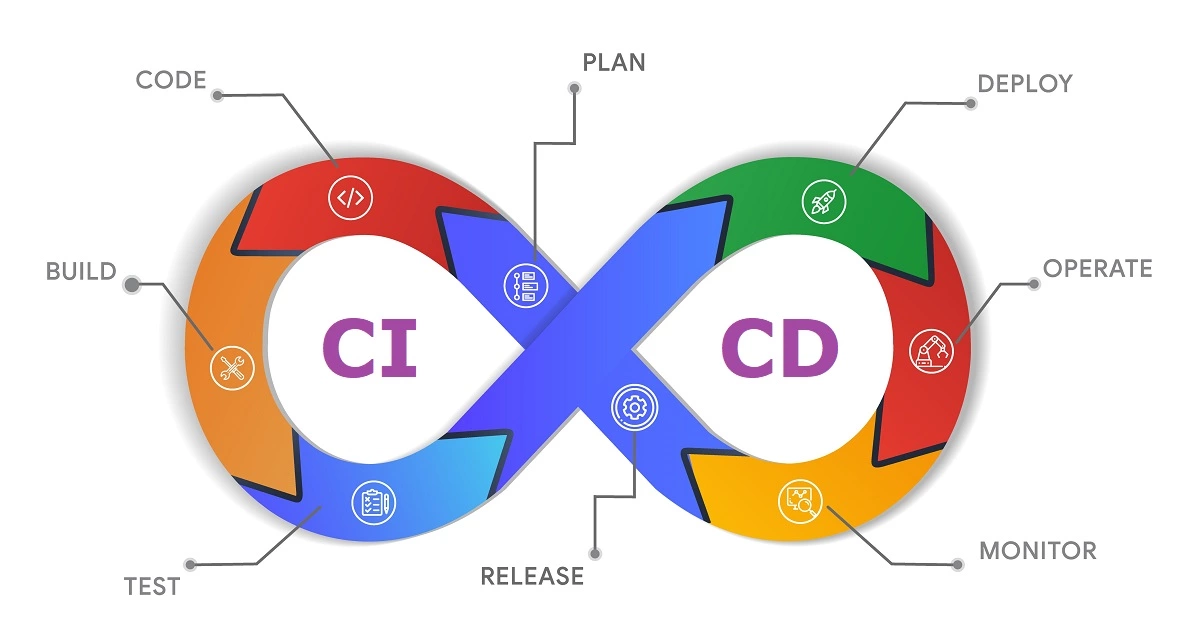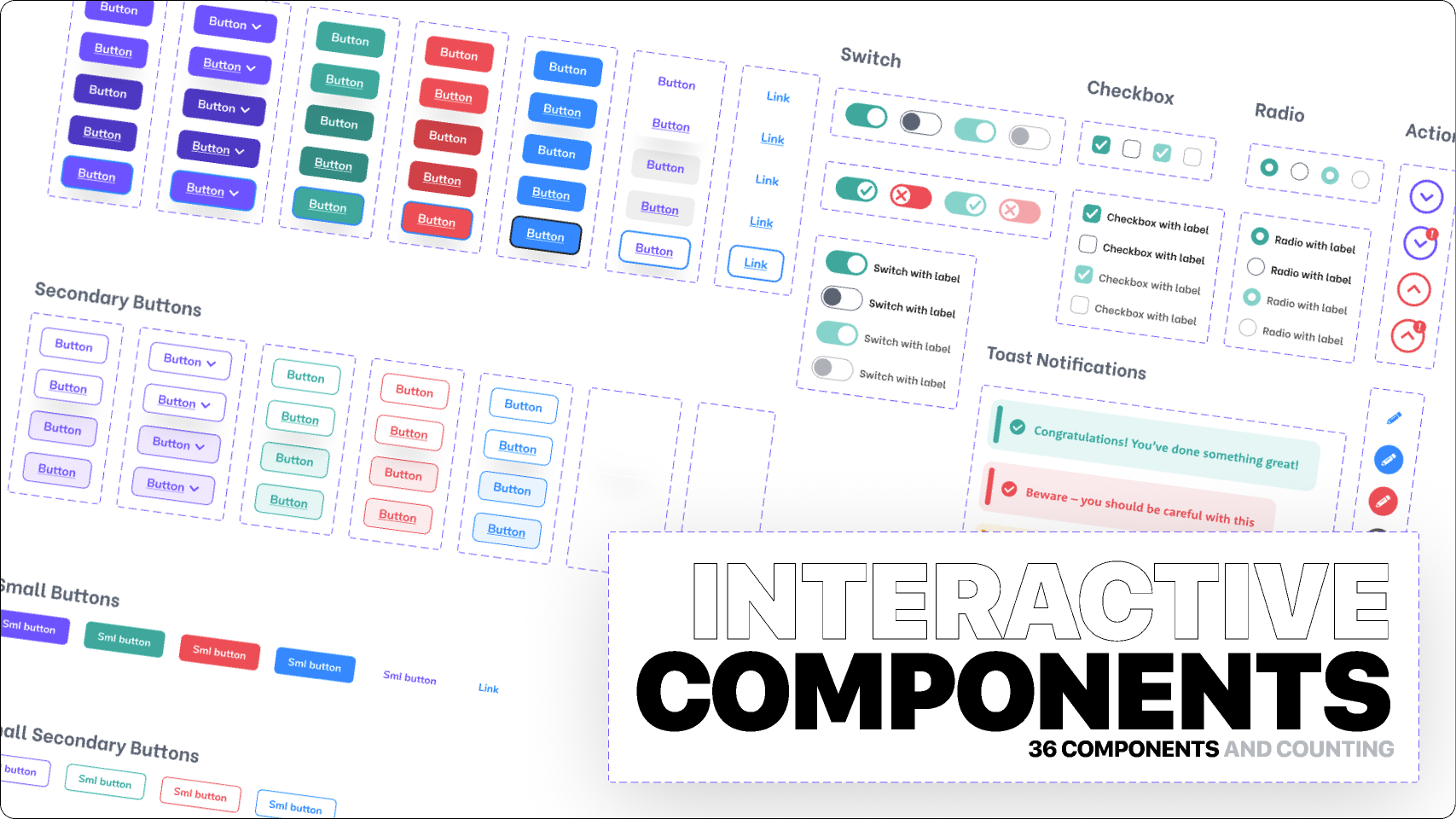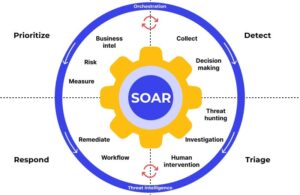The Rise of Smart Rings: Redefining Wearable Technology
The wearable technology revolution has taken many forms, from smartwatches to fitness trackers. However, one of the newest and most innovative entrants into this space is the smart ring. As technology advances, smart rings are becoming increasingly popular, offering a blend of style, convenience, and functionality. This article delves into the features of smart rings, their evolution, the market landscape, their impact on personal wellness, integration with IoT, and future trends that could reshape how we interact with health and technology.
The Rise of Smart Rings: Redefining Wearable Technology
Smart rings are compact, stylish devices typically worn on the finger, designed to simplify and enhance the way we track personal health and manage day-to-day activities. Unlike larger wearables, these rings pack impressive technology into a discreet form factor, allowing for functionalities such as fitness tracking, notifications, and even contactless payments. Their minimalistic design ensures that they can be worn in various settings—whether casual or formal—making them a versatile accessory.
What sets smart rings apart is their unique set of features. Many models come equipped with sensors that monitor health metrics such as heart rate, sleep patterns, and blood oxygen levels. Some rings even incorporate gesture controls, enabling users to interact with paired devices through simple movements. Moreover, advancements in battery life and connectivity have made these devices more efficient, ensuring users can rely on them throughout the day without constant recharging.
Additionally, smart rings are increasingly designed with user customization in mind. Many manufacturers now provide options for personalized notifications, health tracking metrics, and even SMS alerts. This adaptability makes smart rings an attractive choice for consumers looking for both functionality and personalization in their wearable technology. As trends shift towards health-conscious living, it’s no surprise that smart rings are gaining traction as a preferred wearable option.
Evolution of Wearable Technology: A Brief Overview
The journey of wearable technology began with basic fitness trackers, which primarily focused on counting steps and monitoring heart rates. Over the years, these devices evolved into advanced smartwatches that offered a wider array of features, such as GPS tracking, messaging, and app ecosystems. Despite their broader functionalities, many consumers found smartwatches cumbersome and, often, too bulky for everyday wear, leading to a search for sleeker alternatives.
In this context, smart rings emerged as a solution, emphasizing functionality without sacrificing style. Their small form factor allows wearable technology to seamlessly integrate into daily life while providing essential health metrics. The inception of smart rings can be traced back to early models that aimed primarily at fitness tracking, but today’s versions offer features that encompass payment systems, smart home control, and comprehensive health monitoring.
This transformation in the wearable landscape illustrates a significant shift towards increasing user convenience and simplifying the collection of health data. Rather than being a mere accessory, smart rings embody a multifunctional tool that bridges the gap between fashion and technology, appealing to a broader audience seeking a more understated yet sophisticated approach to personal data management.
Key Players in the Smart Ring Market Landscape
As the smart ring market expands, several key players are emerging, each contributing unique offerings that cater to a diverse range of consumer needs. Notable companies such as Oura and Motiv have made significant inroads, focusing on health and fitness aspects, utilizing advanced biometric sensors to provide detailed insights into user health. Their designs often reflect a balance between aesthetics and functionality, targeting consumers who prioritize both form and performance.
In addition to these health-focused brands, technology giants are also exploring the potential of smart rings. Companies like Apple and Google are showing interest in this space, driven by the desire to integrate wearable solutions into their existing ecosystems. This competition encourages innovation across the industry, with players striving to differentiate their products through unique features such as personalized tracking or advanced connectivity options.
The financial backing of venture capital firms into startups in this domain also signifies strong growth potential. This influx of investment allows new entrants to experiment with cutting-edge technology and design, ultimately leading to a more dynamic market filled with a variety of smart ring options that appeal to tech-savvy consumers.
Health Tracking: Revolutionizing Personal Wellness
Smart rings are setting new standards for personal health tracking, integrating technology that promotes well-being into a daily accessory. By leveraging advanced sensors and algorithms, these rings can provide real-time data on health metrics such as heart rate variability, sleep quality, and stress levels. This level of immediate feedback allows users to make informed decisions about their lifestyle choices, leading to improved health and wellness outcomes.
In particular, smart rings have emerged as essential tools for monitoring sleep patterns. Many models can detect different sleep stages, providing users with detailed reports on their rest quality. This level of insight can empower individuals to optimize their sleep environments and habits, paying attention to factors such as screen time before bed and room conditions. By transforming how users approach their health, smart rings encourage proactive wellness management rather than reactive measures.
Moreover, the integration of health data from smart rings into broader health ecosystems allows for more comprehensive personal health management. For example, users can sync their data with other devices or applications, creating a holistic view of their health. As health tracking continues to evolve, smart rings will undoubtedly play a critical role in ushering in the next generation of health-focused wearable technology.
Smart Rings and the Internet of Things Integration
One of the compelling advantages of smart rings is their ability to seamlessly integrate with the Internet of Things (IoT) ecosystem. This integration enhances user experience, allowing for smart home control through simple gestures or notifications that synchronize with other smart devices in the home. For example, users can control lighting or temperature settings through their smart rings, paving the way for a more interconnected living experience.
Moreover, smart rings can offer an added layer of security, serving as access controls for smart homes. For instance, users can unlock doors or authorize payments using the ring, eliminating the need for additional gadgets like keycards or smartphones. This convenience not only enhances daily interactions with technology but also emphasizes the role of smart rings in creating a cohesive digital lifestyle.
As IoT technologies advance, the potential applications of smart rings will expand further, with possibilities limited only by imagination. Innovations in machine learning and artificial intelligence could lead to even more sophisticated interactions between smart rings and the multitude of connected devices in a user’s environment, ultimately transforming how we engage with technology in our everyday lives.
The Future of Smart Rings: Trends and Innovations
Looking ahead, the future of smart rings appears bright, with numerous trends and innovations on the horizon. One significant trend is the potential for increased personalization and customization options. Future models may come equipped with modular designs, allowing users to switch out components or features based on changing needs or preferences. This adaptability could enhance user engagement and satisfaction, as consumers are drawn to technology that feels uniquely tailored to them.
Additionally, advancements in materials science could lead to the development of smart rings that incorporate new features, such as enhanced biometric sensors or health monitoring capabilities. For example, the incorporation of advanced materials could allow rings to detect glucose levels for diabetics or to analyze hydration levels, addressing gaps in current health monitoring technologies. Future innovations will likely focus on making these devices more functional while maintaining a focus on style and comfort.
Finally, as health awareness continues to rise, the demand for wearables that empower consumers to take charge of their wellness journeys is likely to escalate. Smart rings could play a pivotal role in facilitating this trend by providing insights not only about personal health but also by integrating with larger healthcare frameworks that allow for improved patient outcomes. The continued evolution of technology will drive smart rings to new heights, solidifying their place in the broader wearable technology landscape.
In conclusion, the rise of smart rings signifies a pivotal moment in wearable technology, where style meets functionality in a compact, intelligent device. With the capacity to revolutionize health tracking, integrate with the IoT, and offer personalized insights, smart rings are poised to reshape how individuals engage with their health and interact with the world around them. As the market continues to grow and evolve, consumers can expect a wave of new innovations that will further define the future of wearable technology. For those interested in exploring the latest developments in smart rings, resources like Wareable and The Verge offer up-to-date information and insights.













Post Comment